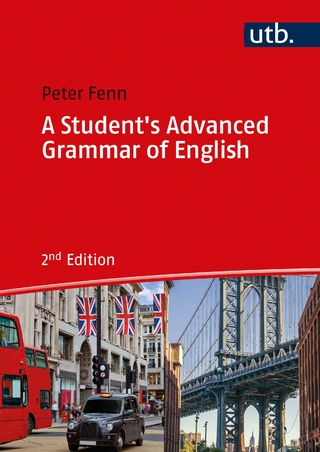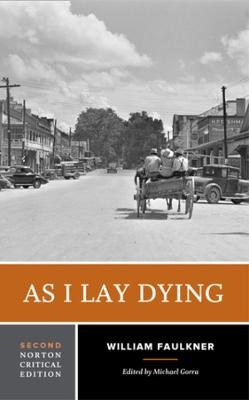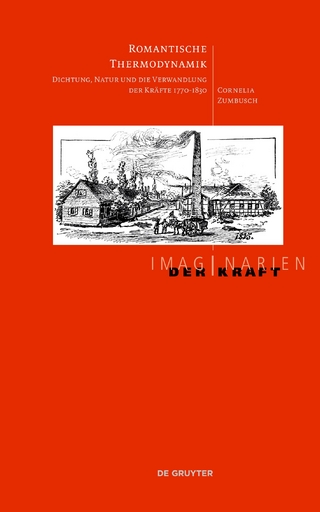
Victorian Paper Art and Craft
Writers and Their Materials
Seiten
2022
Oxford University Press (Verlag)
978-0-19-885879-9 (ISBN)
Oxford University Press (Verlag)
978-0-19-885879-9 (ISBN)
Studies the way that authors in nineteenth-century Britain used the materials of writing (and reading, drawing, note-taking, and handicraft) for inspiration, experimentation, subordination, and creative composition, with a focus on Charlotte and Emily Brontë, Elizabeth Barrett Browning, George Eliot, Elizabeth Gaskell, and Mary Shelley.
This book shows how authors in nineteenth-century Britain used the materials of writing (and of reading, drawing, and handicraft) for inspiration and creative composition. In doing so, it reshapes the sensory history of working on and with paper. These activities were many and varied: Charlotte Brontë composed poems and doodled in the margins of school books, George Eliot recorded writing ideas on her blotter, Elizabeth Barrett Browning sewed paper to paper to edit her poems, and Jane Austen employed straight pins to "cut and paste."
Albums provided a playful space to collect and to produce text-and-collage gifts for friends, circumventing print culture for a more intimate book making, as Elizabeth Gaskell and Anna Atkins knew. Notebooks and commonplace books were vital to Eliot, Michael Field, and Emily Brontë as part of a writing process. Writers experimented with crafts and needlework to compose text without paper and ink, most notably in the case of samplers. What writing and drawing happened on--including bibles, sewing patterns, and walls--mattered, as related to, and generative of, the themes of the work. This expansive field of meanings that creativity with textual (and material) things could have was common to the Victorians, but the writers explored here were extravagant even among their self-reflexive contemporaries in their undoing, remaking, miniaturizing, encrypting, reusing, and transforming. The edge of the page, the width of the margin, the covers of the book, were limiting factors, but also provocations to push on further, be radical.
This book shows how authors in nineteenth-century Britain used the materials of writing (and of reading, drawing, and handicraft) for inspiration and creative composition. In doing so, it reshapes the sensory history of working on and with paper. These activities were many and varied: Charlotte Brontë composed poems and doodled in the margins of school books, George Eliot recorded writing ideas on her blotter, Elizabeth Barrett Browning sewed paper to paper to edit her poems, and Jane Austen employed straight pins to "cut and paste."
Albums provided a playful space to collect and to produce text-and-collage gifts for friends, circumventing print culture for a more intimate book making, as Elizabeth Gaskell and Anna Atkins knew. Notebooks and commonplace books were vital to Eliot, Michael Field, and Emily Brontë as part of a writing process. Writers experimented with crafts and needlework to compose text without paper and ink, most notably in the case of samplers. What writing and drawing happened on--including bibles, sewing patterns, and walls--mattered, as related to, and generative of, the themes of the work. This expansive field of meanings that creativity with textual (and material) things could have was common to the Victorians, but the writers explored here were extravagant even among their self-reflexive contemporaries in their undoing, remaking, miniaturizing, encrypting, reusing, and transforming. The edge of the page, the width of the margin, the covers of the book, were limiting factors, but also provocations to push on further, be radical.
Deborah Lutz is the Thruston B. Morton Endowed Chair of English at the University of Louisville. She has published four books, most recently The Brontë Cabinet: Three Lives in Nine Objects (Norton, 2015) and Relics of Death in Victorian Literature and Culture (Cambridge University Press, 2015). She is the editor of the Norton Critical Editions of Jane Eyre and Strange Case of Dr. Jekyll and Mr. Hyde and the recipient of an American Council of Learned Societies Fellowship and a National Endowment for the Humanities Fellowship.
Introduction
1: Marginal Scribbling and Defacing
2: Collecting and Recollecting
3: Researching and Performing
4: Reusing, Tearing, and Folding
5: Crafting
Afterword
| Erscheinungsdatum | 31.10.2022 |
|---|---|
| Zusatzinfo | 22 Illustrations |
| Verlagsort | Oxford |
| Sprache | englisch |
| Maße | 142 x 222 mm |
| Gewicht | 412 g |
| Themenwelt | Geisteswissenschaften ► Sprach- / Literaturwissenschaft ► Anglistik / Amerikanistik |
| Geisteswissenschaften ► Sprach- / Literaturwissenschaft ► Literaturgeschichte | |
| Geisteswissenschaften ► Sprach- / Literaturwissenschaft ► Literaturwissenschaft | |
| ISBN-10 | 0-19-885879-5 / 0198858795 |
| ISBN-13 | 978-0-19-885879-9 / 9780198858799 |
| Zustand | Neuware |
| Haben Sie eine Frage zum Produkt? |
Mehr entdecken
aus dem Bereich
aus dem Bereich
Dichtung, Natur und die Verwandlung der Kräfte 1770-1830
Buch | Hardcover (2023)
De Gruyter (Verlag)
59,00 €


